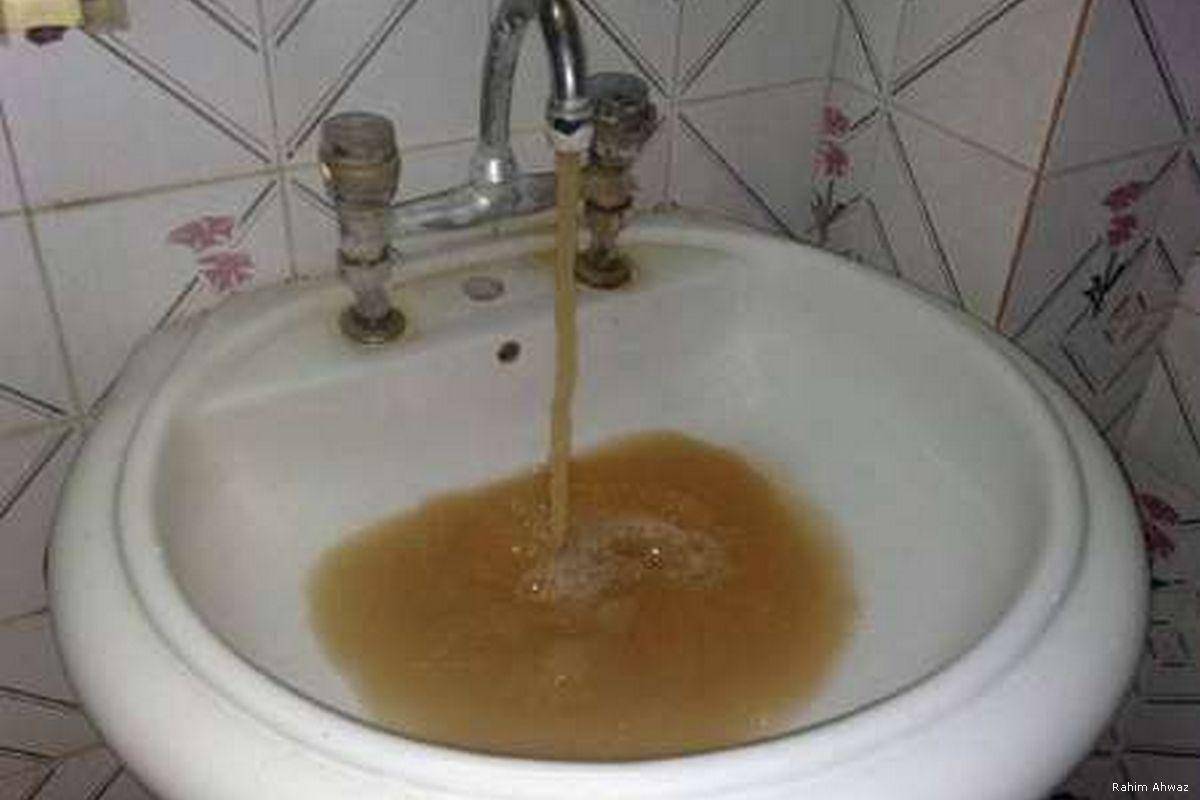Activists in the Ahwazi region have circulated images of what they call an environmental tragedy affecting the area.
The Ahwazi Arabs live in southern Iran. Activists in the Ahwazi region have circulated images of what they call an environmental tragedy affecting the area, including the Falahiyeh wetlands, which are vital for the livelihood of thousands of Ahwazis.
Iranian officials claim that the environmental disaster revealed by the photographs has been caused by high temperatures. These claims have been refuted by Jassim Moramazi, a professor specialising in environmental affairs, who insisted that high temperatures alone could not account for the dead fish and the rising salinity of the water. “We don’t know exactly why these fish have died,” he explained, “but we do know that they have started to disappear since the oil companies initiated their projects in Ahwaz.”
He asserted that the demographic manipulation of the environment is the reason for the dying fish, citing experts who say that fish have the ability to live in such an environment unless it is devastated by human intervention. The professor added that the oil companies have built embankments in the marsh, creating swamps in the process. “These greedy firms want to get oil at any cost. They have devastated the environment.”
Environment officials, he admitted, cannot stand up to these companies. “The companies have their own agendas. And they pay no heed to the calls for protecting the environment as they are backed strongly by the regime.” Many fish and birds are destroyed, as well as livelihoods.

The search for oil is apparently taking place across a much larger area than has been announced publically. This is approved by the government in Tehran.
The international oil companies come to the oil-rich Ahwaz with contracts under the new conditions offered by the Iranian government, even though the region is already suffering from an environmental crisis because of the steps taken by Tehran. These include the construction of dams on the largest rivers in the region. The result is the desertification of one of the largest agricultural areas in Iran. Sand storms now affect the region, and toxic substances are commonplace, and are thought to be behind the deaths of many Ahwazis.
“Under the Iranian regime’s deliberate concealment,” wrote activist Yousef Azizi Benitorof on Facebook, “chemical contamination resulting from oil leakage into the Howeyzeh Marshes west of Al-Ahwaz has caused hundreds of thousands of birds and fish to die these past few days.”
The Howeyzeh Marshes are complex bodies of water that straddle the border between Iraq and Iran. The marshes are fed by a branch of the River Tigris in Iraq and a branch of the River Karkheh in Ahwaz. According to Benitorof, “Masses of fish and migratory birds are now floating dead upon the surface of the contaminated water. The foul smells emanating from the toxic marshes have caused discontent among Ahwazi citizens, as Iranian authorities have taken a stance of deliberate inaction regarding the issue.” This video, posted by the BBC’s Persian, service shows birds taking their last breaths as they are trapped in the murky water.

Chinese and Iranian oil companies involved in exploration in the area pollute the water, land and environment through their use of toxic substances that are banned internationally for such purposes. Medical tests on local residents affected by acid rain reveal serious levels of toxicity.
The ecological disaster in Ahwaz has been caused by the draining of the rivers and marshes, something in which the Iranian government has been involved for two decades. Agriculture is now threatened in an area which was one of the most productive in the Middle East prior to the Iran-Iraq War during the eighties. The damming of the Rivers Karoon and Karkheh is intended to divert 1.1 billion cubic metres towards the central area of Iran around Isfahan.
That the government is deliberately aggravating the environmental situation suggests that it is exploiting the situation to displace the Arabs from their lands. The Arabs in the Ahwazi region are thus facing an official policy of ethnic cleansing.
According to one Ahwazi environmental activist, who asked to remain anonymous for fear of prosecution by Tehran, “For many years, Ahwazi Arabs have lived in nightmarish conditions due to the Iranian regime intentionally subjecting them to dire living conditions. Examples of such crimes include, but are not limited to, the regime’s confiscation of Arab civilians’ agricultural land, forced displacement of civilians from their homes, and strategic draining of rivers essential to Ahwazi livelihood.”
Words alone, he continued, cannot fully describe the extent to which such “insidious” actions by the regime have impacted catastrophically on the ability of Ahwazi Arabs to sustain their lives. “This water- and oil-rich region has been plundered relentlessly by the Iranian regime to the detriment of Arab citizens who call the land home.”
Furthermore, he pointed out that the government’s policy of demographic change in Ahwaz via the systematic displacement of the local Arab population is ongoing. “The intentional pollution of the environment from poorly maintained Iranian oil fields and chemical plants has made it impossible to live in. Respiratory ailments and health epidemics among Ahwazi Arabs are increasingly widespread. The careless actions of the Iranian regime continue to erode Ahwazi Arabs’ ability to sustain their lives.”
What’s happening in Ahwaz, he concluded, is a complete disaster requiring global action to prevent the Iranian regime from displacing all of the local Arabs by force.
The Ahwaz region is rich in oil, gas and water but the Ahwazi Arabs in suffer from difficult living conditions, not least because of the deliberate policies by successive Iranian governments which increase unemployment, marginalisation and ethnic discrimination.
Cover photo: Residents in the Ahwazi region receive dirty water as they turn on the taps in their homes [Rahim Ahwaz]






